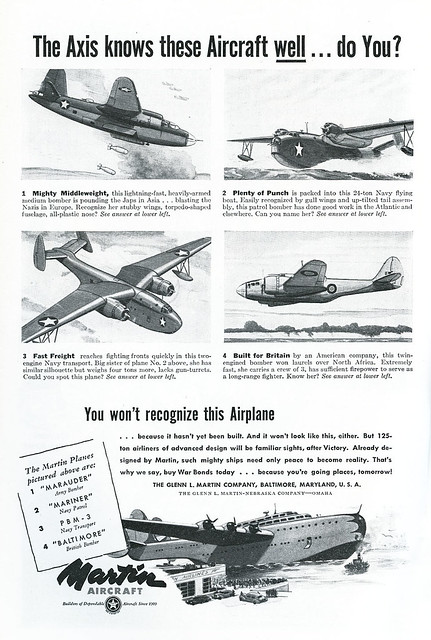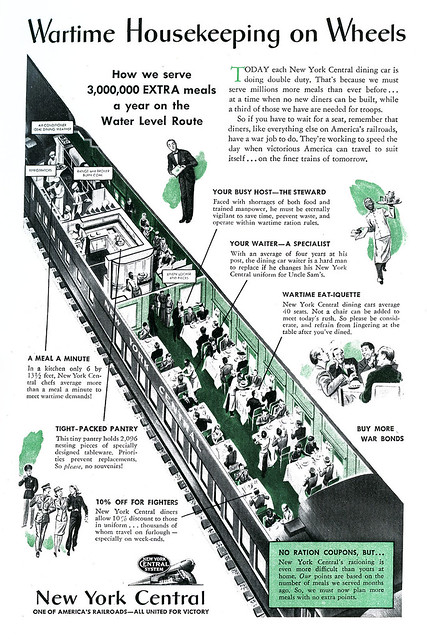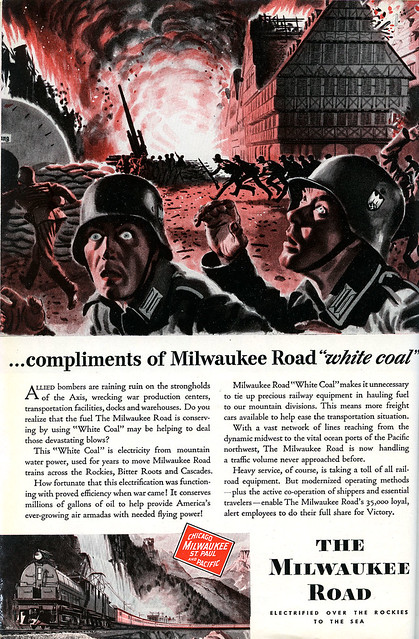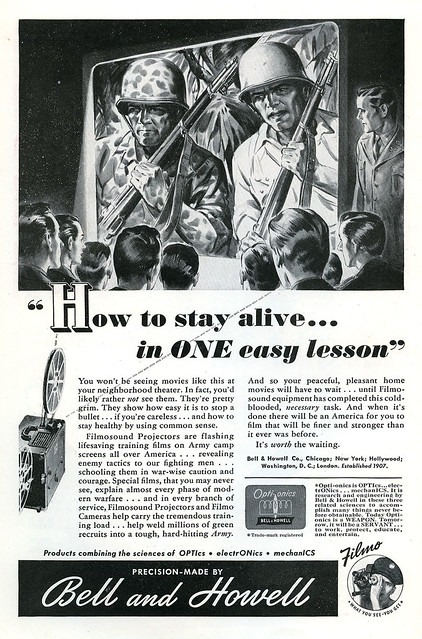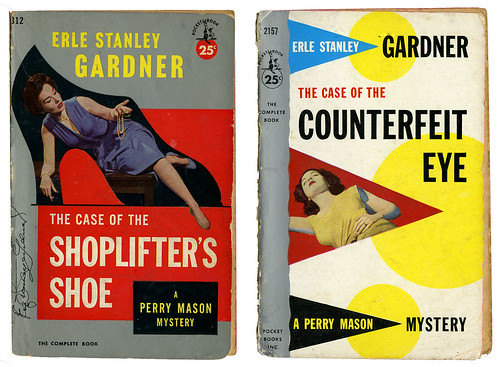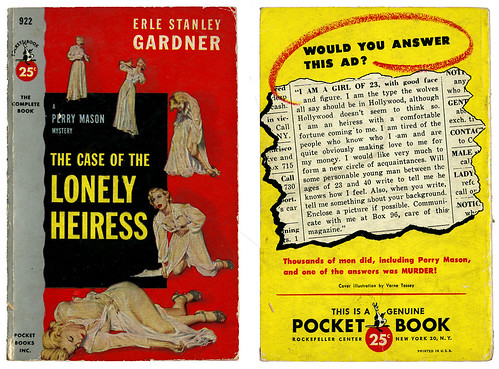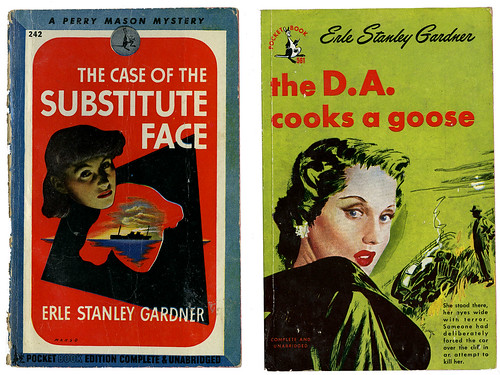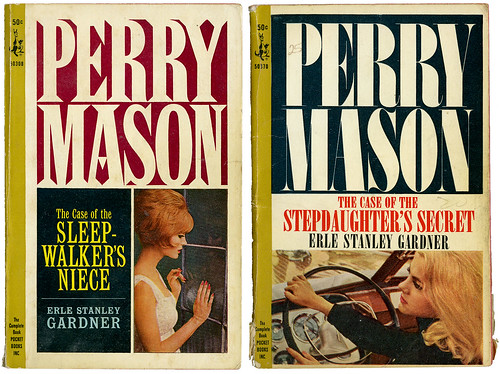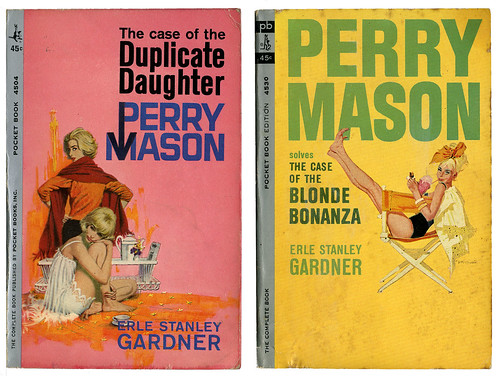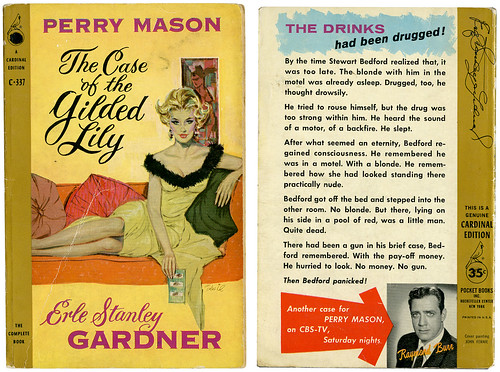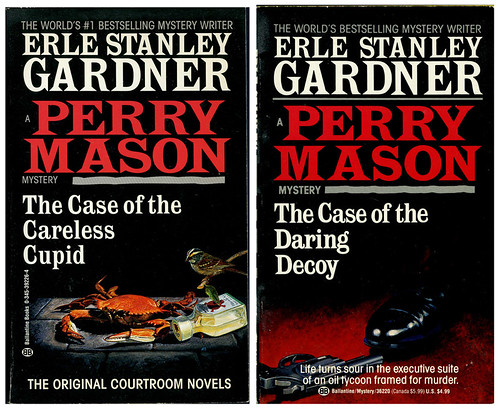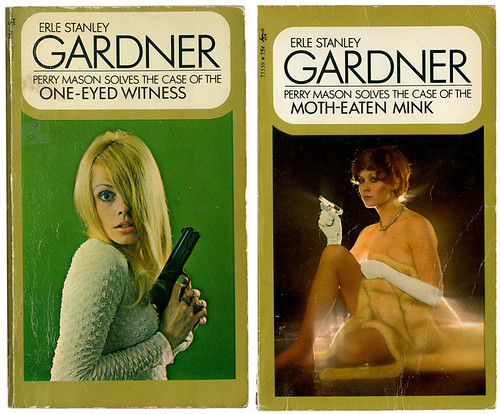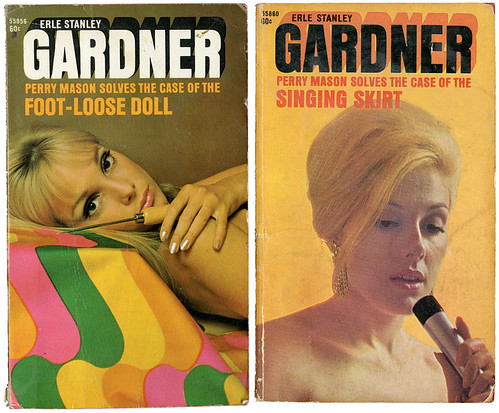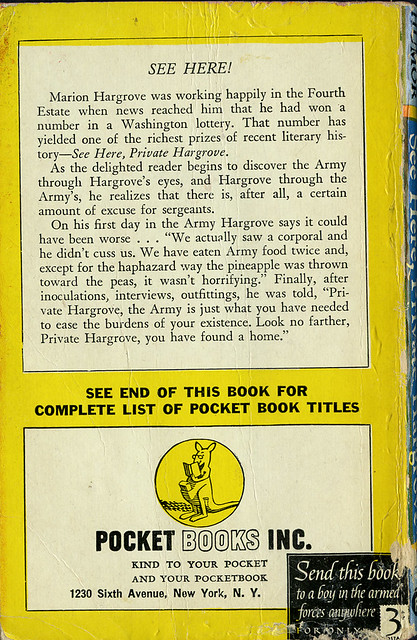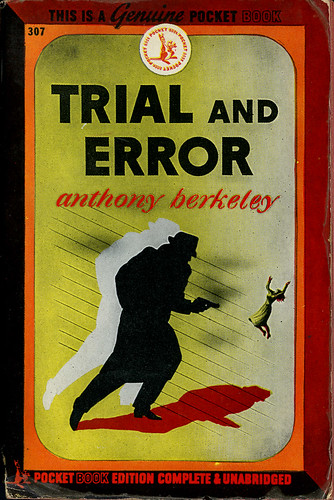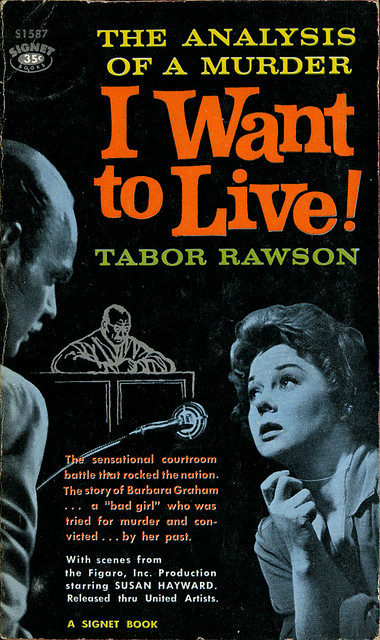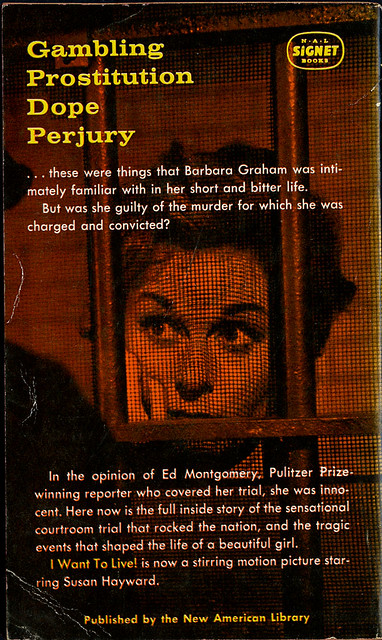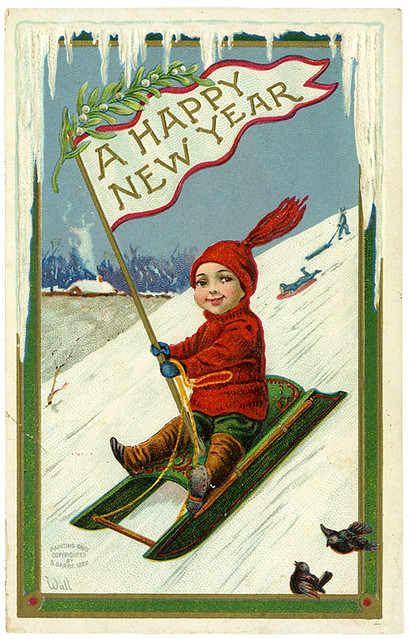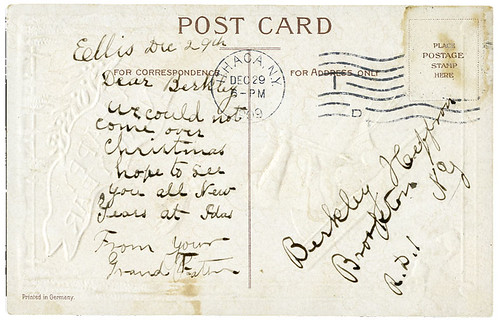First off, when you receive a software update notice and you find that update is over 1 gb and you're on satellite...your online usage comes to a standstill. So it was for me yesterday. I set the download going and just walked away from the machine. Everything now is neatly installed, ship to shore up and working. All clear.
Today I feature a book I found at a thrift store years ago. The graphic image grabbed me as well as the fact that it was one of the special war time issues in which the publisher included a blurb on the back cover stating "Share this book with someone in uniform." They gave no information as to how you were supposed to do this and no information that they would provide a free or discounted copy in a way that would lead you to believe they were being especially patriotic. I'm guessing they just thought you should give your copy to someone in uniform (and guys working at gas stations in uniforms need not apply). But then we come to the word "share" which means that you are not actually giving the book to someone and you expect to be able to get it back. You are after all just sharing the book.
So let's say you met a soldier in a drug store in 1945 and you felt all patriotic and walked up to him and said, "I want to share this book with you." The soldier, taken aback by your kindness, takes the book from you and puts it in his pocket after saying, "Thank you." You remind him that you aren't giving it to him, you're just sharing, and that you've left your address on the inside cover so that he can return it to you when he's finished with it. Now this might have worked as a genuinely good come-on if he was especially appealing to you, but if you were just sharing because you thought it patriotic...I think you can see where I'm going. Nowhere.
As to the book Trial and Error by Anthony Berkeley I have found the following, though nothing specifically about this October 1945 edition of a book originally published in 1937.
First off, neither movie that was made with the title
Trial and Error (Peter Sellers and Richard Attenborough in 1962; Jeff Daniels and Michael Richards in 1997) have anything to do with this novel. Apparently this is not a copyrighted title. So if you're thinking of writing a cookbook you might find this a useful title, especially for a book on cakes (which makes me think of the book
Cake Wrecks, one of the funniest books I've ever seen and which got its start at this blog:
www.cakewrecks.com).
Now, if you Google "Trial and Error" you'll find over 3,500,00 results, including a book published by Oxford University Press in 1985 with the subtitle "The American Controversy Over Creation and Evolution." Okie dokie then. Not opening up that can of billions of years old worms or 6000 year old worms, depending on your DNA.
After looking at 10 pages of Google suggestions and seeing nothing about this particular book I reluctantly tried Bing which said there were 157,000,000 entries. Yeah, I'm not feeling the love of those Microsoft Bing clearing-your-brain-of-clutter ads.
You will find that the first Google entry is actually Wikipedia's discussion of the phrase "trial and error" and the surrounding methodology:
Trial and error, or trial by error, is a general method of problem solving, fixing things, or for obtaining knowledge. "Learning doesn't happen from failure itself but rather from analyzing the failure, making a change, and then trying again."
(SOURCE: Wikipedia)
So basically we have no idea why this author, Anthony Berkeley, chose this title and have no idea how it pertains to the copy on the back cover.
As to Mr. Berkeley himself there is some information to be had.
First from our favorite, Wikipedia (you know one of these times I'm going to slip up and type Wikileaks and then I'll end up on the no-fly list for sure):
Anthony Berkeley Cox (5 July 1893 – 9 March 1971) was an English crime writer. He wrote under several pen-names, including Francis Iles, Anthony Berkeley and A. Monmouth Platts.
Life
Berkeley was born in Watford, England, and educated at Sherborne School and University College London. After serving in the Army in World War I, he worked as a journalist for many years, contributing to such magazines as
Punch and
The Humorist. In 1938 he took up book reviewing for
John O'London's Weekly and the
Daily Telegraph, writing under his pen name Francis Illes. He also wrote for the
Sunday Times in the 1940s, and for the
Manchester Guardian, later
The Guardian, from the mid-1950s until 1970.
(SOURCE: Wikipedia)
They then give a listing of his novels with "Trial and Error" listed under "Other novels" which seems a tad disrespectful. "Oh yeah, that's one of his other novels."
Looking at the site
Fantastic Fiction in the UK you'll see at some point the book was reissued with a different cover. Checking Amazon shows only used books so I'm making a huge assumption that he is not being published in the US these days.
To see a picture of Peter Sellers click
here which will take you to the official Peter Seller's website. Yes, it's true, the deceased and much missed Peter Seller's has a website. And yes, they offer "news" updates. Okay, not asking why they offer news updates. And by the way, when I clicked on "News" nothing showed up so I guess they've got the whole news thing covered.
And how is it I ended this piece with Peter Sellers? Trial and error of course.
